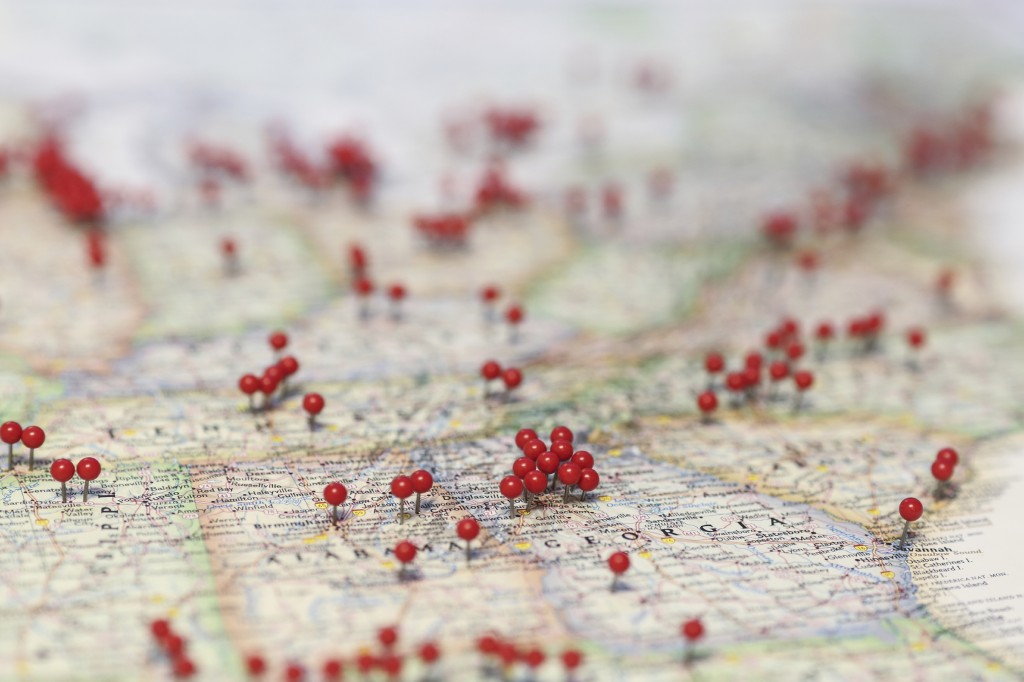In a world where information grows at exponential rates, it can be difficult to figure out what is important, how things are related, and why we should care. But those are exactly the tasks that federal employees must address on a daily basis. Luckily, that’s where geographic information system (GIS) comes in. GIS can help federal agencies use geospatial intelligence to meet their missions, increase efficiency, track and evaluate activities, and conduct better analysis for informed decision making.
Take the census, for example. Within the next five years, a majority of the world’s countries will be conducting a census, and each country will be faced with the task of collecting, analyzing, and using vast amounts of data. This is a daunting task for any country, whether it’s their first census or they have several under their belt. That’s where GIS can come in. It can be used to ensure appropriate coverage, facilitate census operations, monitor project activities, manage assets, and present results in an easy-to-use format and more.
GIS has transformed the way that we look at data and geography at the government level. It has been used in Virginia to study and understand community health at the neighborhood level, by Walgreens to create a Flu Index that tracked the spread of the disease faster than the CDC could, and by the Oakland Police Department to provide the department and the public with real-time crime data through an interactive map. The EPA has also used geospatial analysis and GIS maps to monitor water waste, through efforts such as the modernized Enforcement and Compliance History Online (ECHO) website. ECHO analyzes and finds patterns in large amounts of data, allowing the agency to better understand where water impairments are coming from, how many pounds of toxins are released each year, and how facility releases are affecting environmental programs in the area.
In each of these cases, public and private sector leaders were able to collect and analyze large amounts of data and produce relevant, actionable information—integrating data, analysis, and action. GIS has produced novel solutions that have greatly improved our ability to better our communities. The field is constantly evolving, and considering its wide relevance, it’s important to stay up-to-date with how you can use GIS to do your job better.
Esri’s annual Federal GIS Conference can help you do just that. The conference takes place February 24-25, 2016 in Washington, D.C., and this year’s theme is GIS—Integrating Data, Analysis, and Action. The two-day conference is an opportunity to network with more than 4,000 GIS professionals, learning how the government officials can use the technology to generate inventive and successful solutions for perplexing problems. Attendees can also participate in over 120 professional development workshops and immersion summits on a variety of issues that government employees face every day, such as tactical intelligence, situational awareness, and policy-making. There will also be a hands-on learning lab where attendees can work with the latest ArcGIS software. In addition, attendees gain access to innovative solutions, partners, and other government agencies at exhibits in the GIS Solutions EXPO and Showcase. Last, but not least, registration is complimentary for federal employees.
The Federal GIS Conference is an incredible opportunity to learn how you can do even more with the technology available to us. So don’t miss out – register here (for free), and attend the conference to understand the full implication of the ways that GIS can help the public sector today.

